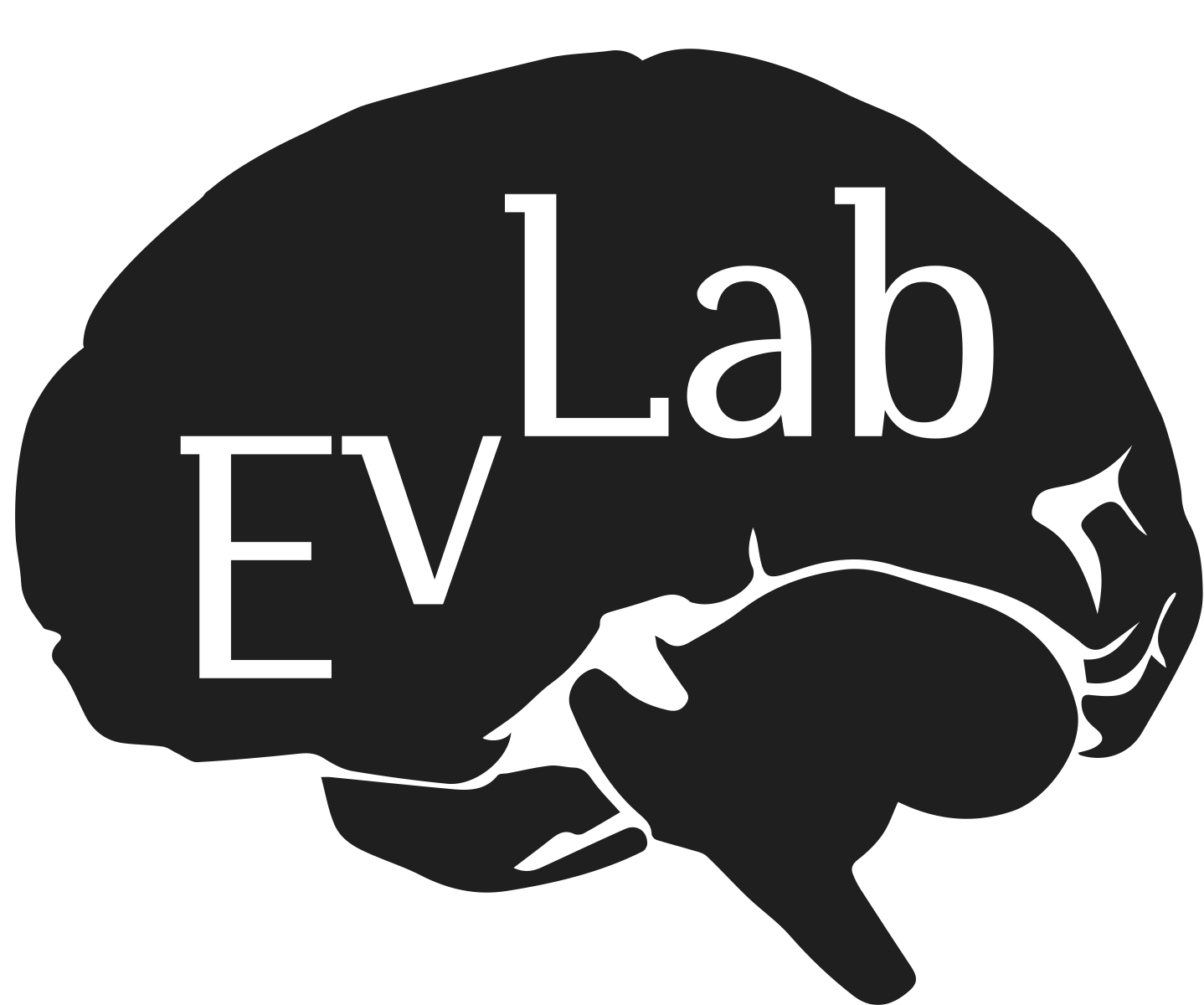Our Findings
This research is actively ongoing, so this section will be updated on a regular basis. Below are the discoveries we have made so far.
Tuckute et al. (2022, Neuropsychologia)
Frontal language areas do not emerge in the absence of temporal language areas: A case study of an individual born without a left temporal lobe
In typical brains, the language system comprises frontal and temporal areas in the left hemisphere. We asked whether language areas in the frontal lobe can develop in the absence of the temporal lobe in the same hemisphere. We studied the brain of an individual (EG) who is missing most of her left temporal lobe. We found that EG’s language system is fully remapped to the right hemisphere, where it looks typical-like. Critically, we found that her left frontal lobe has no language-responsive areas (although other cognitive functions look typical-like), which suggests that temporal language areas in the same hemisphere are critical for the development of the frontal language areas.
Li et al. (2023, Cognitive Neuropsychology)
Intact reading ability despite lacking a canonical visual word form area in an individual born without the left superior temporal lobe
In collaboration with Zeynep Saygin’s group at OSU, we investigated the brain mechanisms that support reading ability in an individual (EG) who is missing most of her left temporal lobe. Typical individuals have an area on the bottom of their left temporal lobe that is highly specialized for processing letters and words, called the ‘visual word-form area’ or vWFA. This area develops when you learn to read. Given that EG’s language system resides in the right hemisphere (see Tuckute et al. above), we half-expected to find a vWFA on the bottom of the right temporal lobe. Strikingly, EG does not have a canonical vWFA (not on the bottom of the right temporal lobe, not in the small remaining portion of her left temporal lobe, not anywhere else). Instead of having a specialized area, EG appears to rely on a distributed representation such that small bits of the brain (voxels) that show strong responses during reading are interleaved with voxels that show preferences for other visual categories (e.g., faces). To the best of our knowledge, this is the first report of intact reading ability relying on a distributed neural code.
Regev, Lipkin et al. (2024, iScience)
Preserved functional organization of auditory cortex in two individuals missing one temporal lobe from infancy
We investigated the organization of the auditory cortex in an individual (EG) who is missing most of her left temporal lobe, her sister (MM), who is missing most of her right temporal lobe, and their neurotypical sister (TG). In both EG and MM, the auditory cortex in the intact hemisphere looks typical-like (similar to what we see in TG and a larger set of control participants). These results suggest that the development of the auditory cortex in each hemisphere does not depend on the existence of the other hemisphere, highlighting the redundancy and equipotentiality of the bilateral auditory system.
